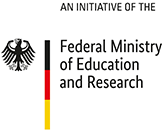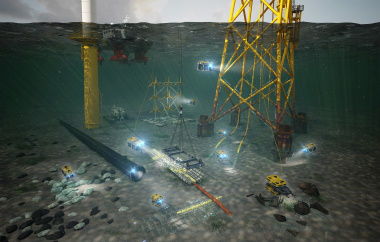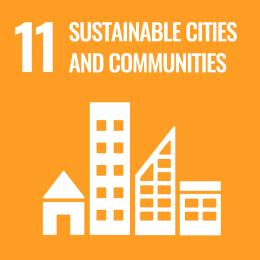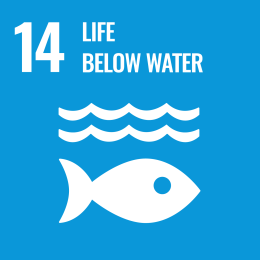The scientists in Rostock for example use machine learning for processing underwater images which is essential for submarine robots or environmental monitoring. The Fraunhofer IGD also hosts the Digital Ocean Lab – a new underwater testing area as a part of the new Ocean Technology Campus, in which various scenarios can be tested in a realistic environment.
Founded over 30 years ago, Fraunhofer IGD has become the world's leading institution for applied research in the field of visual computing. Visual computing means image and model-based IT. In simple terms, it describes the capability of transforming information into images (computer graphics) and extracting information from images (computer vision). The numerous application scenarios include human/machine interaction, interactive simulation, and modeling situations.
With over 200 employees at the sites in Darmstadt, Rostock, Kiel, Graz, and Singapore, the IGD develops new technical solutions and prototypes all the way up to the market readiness stage. Research is for example used for the development of key technologies for smart cities or for digital solutions in the field of individual health.
One important area of work of the Fraunhofer IGD in Rostock is underwater research. The planet’s oceans are essential for life and full of potential for sustainable technologies for energy, food, and health. Submersible robots that help humans in their work in the oceans need training to optimally perform tasks in the presence of currents and obstacles and research in this hard-to-reach habitat continues to be a major challenge. Fraunhofer IGD’s technology uses machine learning to help in quality assurance and testing for offshore installations and deep-sea cables, in the processing of underwater images, in the captive breeding of fish and much more.
The large-scale project Ocean Technology Campus Rostock (OTC)
An underwater testing ground in the Baltic Sea – the “Digital Ocean Lab” (DOL) – will open up realistic underwater technology testing possibilities for research and industry. Multiple testing areas will be constructed for various scenarios under the direction of Fraunhofer IGD. The area all around the onshore control centre for this new underwater testing ground will become the “Ocean Technology Campus” offering a productive environment where high-tech maritime solutions can be developed and tested in close collaboration with various research disciplines and industry.
Fraunhofer’s multidisciplinary research team “Smart Ocean Technologies” (SOT)
The Fraunhofer Smart Ocean Technologies (SOT) research group combines the expertise of four Fraunhofer Institutes and develops forward-looking ocean technology and complex system solutions for underwater applications. In addition to hardware-related sensor and system integration, the group's portfolio ranges from the coupling of computer vision, data mining and machine learning processes to the development of autonomous systems. At the “Ocean Technology Campus Rostock” (OTC), these specialists from the Fraunhofer institutes IGD, IGP, IOSB and IKTS serve as Europe’s only research association dedicated to underwater technology.
The research and work of the Fraunhofer Institute for Computer Graphics Research mainly contributes to the Sustainable Development Goals 7, 9, 11 and 14.









